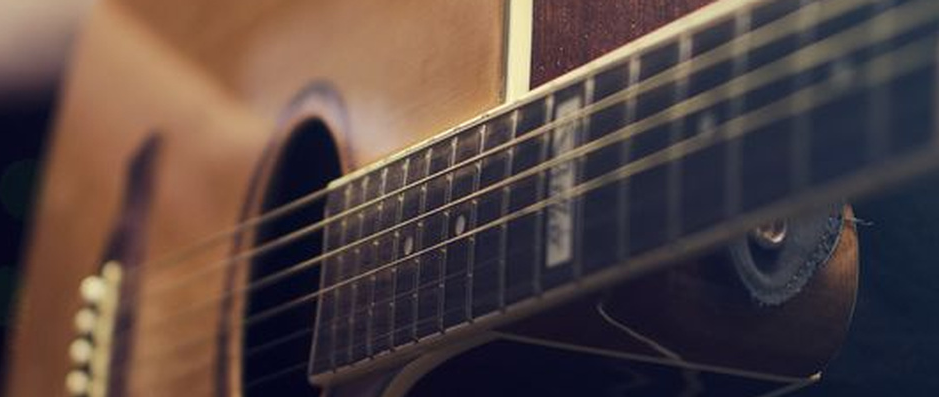The G major scale is a diatonic scale formed by seven sounds and its octave. This scale contains an alteration on the note F and its notes are the following:

If you want to know more about this brilliant scale, read on.
What is a major scale?
There are different major scales. The G major scale is one of them. Moreover, there are several ways to learn them: You can learn them from a visual, auditory and theoretical point of view. Let’s look at each of the parts.
The G major scale. The theory
Behind every scale there is a theoretical pattern that serves as a guide to form all the other scales of the same category. That is to say, all major scales have a fixed structure consisting of a combination of Tones and Semitones and it is this:

That is, if we want to build the G major scale from the T-T-ST-T-T-T-T-T-T-ST structure, the first thing we must do is to follow the following steps:
How is the G major scale constructed?
Writing a scale
Write a scale from the note G to the next note G which would be its octave:

Measuring distance
Measure the distance between the different notes taking into account that we ALWAYS have a Semitone between the notes E F and B and C (we have to know this by heart):

Tones and semitones where applicable
Is the T-T-ST-T-T-T-T-T-T-T-ST structure fulfilled? In the case of the G scale we have built in point 2, we are missing something to have the structure we want to achieve.
That is to say, we already have Semitone from the third degree to the fourth (notes 3 and 4) but we need to have a Tone from E to F and a semitone from F to G. For this we must put a sharp to increase the intonation of a note one semitone.

If we place the sharp on the F, the following note would also be affected. Therefore we would no longer have a Tone from F to G because we have placed a sharp. We would instead have a Semitone. That said, the scale would look like this, with the structure we were looking for:

The G major scale – what does it look like visually?
On the guitar
When learning any instrument it is always interesting to understand scales from different angles. We have already seen how it works theoretically. Let’s see now how it is visually to have another reference to check that we have put the tones and semitones in the right order:
Any scale can be built horizontally on the guitar. If you look at the fretboard from where the G note starts, to the next G note on the same string, you will see that on all 6 strings the pattern repeats: If the notes are together the distance is a semitone, if they are separated there is a tone distance.
- Tone= two frets
- Semitone= one fret

For this reason, I recommend that you look at the image and check that the T-T-ST-T-T-T-T-T-T-ST structure is repeated. If it does not, something is wrong.
On the piano
The piano is another instrument that can help you see the G major scale in a different way.
In the C major scale we have pitch distance in all the white keys except between the E F and the B-F and the B-DO. We can find the note C thanks to the black keys. We have 2 between the C, D, E.

With the G major scale, we skip the semitone to go directly to the F# and thus fulfill the T-T-ST-T-T-T-T-T-T-ST structure we are talking about:

The construction of the tonalities
If you want more information about how tonalities are constructed, that is, the sharps or flats that are used to build major and minor scales, I recommend that you watch this video carefully.
On the other hand, if you see that there is something that you do not recognize or that sounds like Chinese, I recommend that you enter the post of how to read sheet music and in the post of the signsmusical most common .
Frequently asked questions about the G major scale
How many tones and semitones are there in a major scale?
The G major scale has five tones and two semitones, as do all major scales. SCALES MAJOR . But not in any order, above we have seen that the order or structure is T-T-ST-T-T-T-T-T-T-T-ST.
How many sharps does the G major scale have?
The G major has a sharp on the seventh degree of the scale. If it did not have it, it would be another scale, specifically the Mixolydian scale or G Mixolydian mode.
How to practice the G major scale on guitar?
There are different ways to practice the G major scale on guitar. For this I have created this video:
If you have followed all the instructions in this post on how to play the G scale, you will be one step closer to learning all the major scales on the guitar.






